The Pixel 6 Pro is the 2021 flagship in Google’s Pixel line of smartphone, featuring a 6.7-inch OLED LTPO display with 120Hz refresh rate and QHD+ resolution, Google’s brand new in-house-developed Tensor chipset and up to 512GB of ROM.
It is also the first Pixel phone to feature a triple camera with ultra-wide and tele modules accompanying the primary shooter. At 1/1.31″ the image sensor in the latter is almost twice the size of its equivalent in the Pixel 5 generation and offers a 50 MP resolution that is downsampled to 12.5 MP for the final output image. Landscape photographers and other wide-angle shooters can rely on an ultra-wide module with a 16mm-equivalent field of view, and a 4x tele lens allows you to zoom into your subjects from a distance.
Let’s see how the Google Pixel 6 Pro performed in the DXOMARK Camera test.
Key camera specifications:
- Primary: 50 MP 1/1.31″ sensor, 1.2µm pixels, 24 mm equivalent f/1.85-aperture lens, OIS, Dual PDAF
- Ultra-wide: 12.5 MP 1/2.86″ sensor, 1.25μm pixels, 16mm equivalent f/2.2-aperture lens
- Tele: 48 MP 1/2.0″ sensor, 0.80μm pixels, 102.6mm equivalent (4x) f/3.5-aperture lens, OIS, PDAF
- LDAF (laser detection autofocus) sensor
- LED Flash
- 4K at 30/60fps (4K/30fps tested)
About DXOMARK Camera tests: For scoring and analysis in our smartphone camera reviews, DXOMARK engineers capture and evaluate over 3000 test images and more than 2.5 hours of video both in controlled lab environments and in natural indoor and outdoor scenes, using the camera’s default settings. This article is designed to highlight the most important results of our testing. For more information about the DXOMARK Camera test protocol, click here. More details on how we score smartphone cameras are available here.
Test summary
Google Pixel 6 Pro


 9th
9th 9th
9thPros
- Good detail in bright light and indoor images, as well as in video
- Good shadow detail and contrast
- Nice and accurate color in photo and video
- Fast and accurate autofocus in bright light and indoor conditions
- Excellent detail in long range tele shots
- Effective video stabilization
- Good exposure and wide dynamic range in video
Cons
- Narrow depth of field results in blurry background subjects in group shots
- Noise in indoor and low-light images
- Depth estimation errors and instabilities in bokeh shots
- Bokeh blur effect not visible in preview
- Ultra-wide camera not as wide as competition
- Color instabilities and noise in video
- Occasionally unstable video autofocus in low light
With a DXOMARK Camera overall score of 135 the Google Pixel 6 Pro puts Google back into the group of manufacturers that is battling it out for the smartphone camera crown, making the device, at least from an imaging point of view, the best option for Android users in the US market by surpassing the competition from Samsung and Asus.
Overall the new Google phone delivers an outstanding Photo performance and great Video quality. Thanks to the introduction of the new 4x tele lens it also does very well in the Zoom category. Compared to one of its main rivals, the Apple iPhone 13 Pro Max, Photo and Zoom are on par but with different characteristics. The Pixel is ahead in terms of exposure and texture. The iPhone does better for some other categories, such as preview or autofocus. For Video the Pixel 6 Pro still slightly lags behind the iPhone, especially in terms of capturing high-contrast scenes, something that the iPhone 13 Pro Max excels at.
The excellent Photo score of 143 is based on a consistently good performance across all still image test categories. On the Pixel 6 Pro Google paid particular attention to contrast as well as portrait quality and skin tones and overall the camera is very reliable and a big step forward from previous Pixel models that had to rely on smaller sensors and less processing power. Still images show good exposure, with only some slight underexposure in difficult backlit scenes. The camera also delivers very high level of details in outdoor and indoor conditions but noise is often visible when shooting under indoor lighting or in low light. The autofocus works reliably in most conditions, too, but the large sensor of the primary module means that depth of field is quite limited, blurring subjects that are located behind the focal plane.
In terms of the Zoom score the Pixel 6 Pro mainly benefits from the 4x tele camera that delivers great results at long range, although the level of detail suffers at shorter zoom settings. Compared to the best in class the ultra-wide camera comes with some limitations, however. At 16mm-equivalent, the field of view is not very wide, the level of detail could be better and our engineers also observed some noise and exposure instabilities. On the plus side, anamorphosis is well corrected.
The Video score of 115 puts the Pixel 6 Pro into the top ten for this category as well. Video clips benefit from a wide dynamic range and good exposure in most conditions. Colors are nice in most situations and the level of detail is high, especially when shooting in bright light. The autofocus works mostly accurately, except in low light where failures can occur. The Pixel’s stabilization system does a good job at keeping things steady and even when running or walking while recording only some slight shake is noticeable. On the downside, noise as well as exposure and white balance instabilities can be noticeable in some situations.
Photo
The Google Pixel 6 Pro achieves a Photo score of 143. In this section, we take a closer look at each sub-attribute and compare image quality against competitors.

Exposure and Contrast
Google Pixel 6 Pro
104
111
In these tests we analyze target exposure, contrast, and dynamic range, including repeatability across a series of images. Tests are undertaken in a wide range of light conditions, including backlit scenes and low light down to 1 lux. The score is derived from a number of objective measurements in the lab and perceptual analysis of real-life images.
These samples show the Google Pixel 6 Pro’s exposure performance in a backlit scene.
This graph shows the Google Pixel 6 Pro’s average contrast entropy in lab conditions.
In these tests we analyze color rendering, skin tones, white balance, and color shading, including repeatability across a series of images. The score is derived from a number of objective measurements in the lab and perceptual analysis of real-life images.
Note that even though the Google Pixel 6 Pro does an excellent job color-wise in most conditions, a slight cast can be visible on occasion. These samples show the Google Pixel 6 Pro’s color performance in outdoor conditions.
These samples show the Google Pixel 6 Pro’s color performance in indoor conditions.
These samples show the Google Pixel 6 Pro’s color performance in low light.

Autofocus
Google Pixel 6 Pro
99
109
In these tests we analyze autofocus accuracy and shooting time, including repeatability, in the lab. We test focus failures, depth of field, and tracking of moving subjects using perceptual analysis of real-life images.
This graph shows the Google Pixel 6 Pro’s autofocus performance in the lab in outdoor high dynamic range conditions (1000 lux, 4EV, handheld).
These samples show the Google Pixel 6 Pro’s autofocus and depth of field in outdoor conditions. The lack of a variable aperture (as you would have on most dedicated cameras) makes depth of field in this kind of scene a challenge for almost all current ultra-premium devices.

Texture
Google Pixel 6 Pro
107
111
In these tests we analyze texture on faces and objects, including objects in motion, in a range of light conditions, using several lab test setups and perceptual analysis of real-life images.
These samples show the Google Pixel 6 Pro’s texture performance in daylight conditions.
The fine detail preservation in the real-life scene above can also be seen and measured in the lab. This graph shows the Google Pixel 6 Pro’s texture performance compared to the competition in the lab across varying light levels. We measure texture on various crops of our perceptual test scenes. The Pixel 6 Pro’s results mounted on a tripod are very high but lower handheld which is more relevant to most users.
Texture comparison (20 lux, A illuminant, tripod): high levels of details measured in most lab tested conditions, especially when the device is mounted on a tripod
This sample shows the Google Pixel 6 Pro’s texture performance in low light in the lab.

Noise
Google Pixel 6 Pro
85
102
In these tests we analyze noise on faces and objects, including objects in motion, in a range of light conditions, using several lab test setups and perceptual analysis of real-life images.
This graph shows the Google Pixel 6 Pro’s noise performance in the lab across light levels.
These samples show the Google Pixel 6 Pro’s noise performance in indoor conditions.

Bokeh
Google Pixel 6 Pro
65
80
For these tests we switch to the camera’s bokeh or portrait mode and analyze depth estimation, bokeh shape, blur gradient, and repeatability, as well as all other general image quality attributes mentioned above. The score is derived from perceptual analysis of real-life images.
On the Google Pixel 6 Pro’s bokeh shots, the level of detail in sharp areas is very high and higher than on the comparison devices. This is especially nice for portrait shots where the sharpness of the subject contrasts nicely with the background blur that has a nice shape to it. These samples show the Google Pixel 6 Pro’s bokeh simulation in daylight.

Night
Google Pixel 6 Pro
67
82
In these tests we shoot a selection of images in pitch-black darkness as well as with city lights in the background providing some illumination. We shoot sample images with the camera at default settings in both flash-auto and flash-off modes. We analyze all image quality attributes but we pay particular attention to exposure, autofocus, and color. We do not test night modes that have to be activated manually.
These samples show the Google Pixel 6 Pro’s night performance in flash-on mode. Please note that the Pixel 6 Pro does not offer a flash-auto mode, leaving the decision whether to use flash or not to the users.
These samples show the Google Pixel 6 Pro’s night performance in flash-off mode. The images show decent exposure but dynamic range is limited, resulting in highlight clipping. Image noise and a loss of detail can also be observed.

Artifacts
Google Pixel 6 Pro
75
77
In these tests we check images for optical artifacts such as vignetting, flare, lens softness in the corners, distortion, and chromatic aberrations, as well as for processing artifacts such as ghosting and fusion errors, hue shift, and ringing.
This image shows an example of color fringing on the Google Pixel 6 Pro. Overall, most common artifacts are well corrected but color fringing and aliasing are often visible. Please also note the cold white balance cast in this image.

Preview
Google Pixel 6 Pro
63
80
In these tests we analyze the image quality of the preview image and the differences between preview images and captured images, particularly in terms of exposure, dynamic range, and bokeh effect. We also check the smoothness of the field-of-view changes in the preview image when zooming with both buttons or when using the pinch-zoom gesture.
These images show the Google Pixel 6 Pro’s preview performance in HDR conditions.
These images show the Google Pixel 6 Pro’s preview performance in bokeh mode.
Zoom
The Google Pixel 6 Pro achieves a Zoom score of 71. The Zoom score includes the tele and wide sub-scores. In this section, we take a closer look at how these sub-scores were achieved and compare zoom image quality against the competitors.

Wide
Google Pixel 6 Pro
38
58
In these tests we analyze the performance of the ultra-wide camera at several focal lengths from 12 to 20 mm. We look at all image quality attributes, but we pay particular attention to such artifacts as chromatic aberrations, lens softness, and distortion.
This sample shows the performance of the Google Pixel 6 Pro’s ultra-wide camera in outdoor conditions.

Tele
Google Pixel 6 Pro
93
140
In these tests we analyze all image quality attributes at focal lengths from approximately 40 to 300 mm, paying particular attention to texture and detail. The score is derived from a number of objective measurements in the lab and perceptual analysis of real-life images.
These samples show the Google Pixel 6 Pro’s performance at a close range tele setting.
These samples show the Google Pixel 6 Pro’s performance at a long-range tele setting.
This graph shows the Google Pixel 6 Pro’s texture performance at a long-range tele setting.
Video
In our Video tests we analyze the same image quality attributes as for still images, such as exposure, color, texture or noise, but we also include such temporal aspects as speed, and smoothness and stability of exposure, white balance and autofocus transitions.
NOTE: The sample video clips in this section are best viewed at 4K resolution.
The Google Pixel 6 Pro achieves a Video score of 115. A device’s overall Video score is derived from its performance and results across a range of attributes in the same way as the Photo score. In this section we take a closer look at these sub-scores and compare video image quality against competitors.

Exposure and Contrast
Google Pixel 6 Pro
105
118
These sample clips show the Google Pixel 6 Pro’s video exposure performance in low light conditions.

Color
Google Pixel 6 Pro
104
107
These sample clips show the Google Pixel 6 Pro’s video color in a low light scene. In outdoor and indoor conditions white balance and color rendering are mostly accurate but in this low light clip white balance instabilities can be seen.

Autofocus
Google Pixel 6 Pro
103
109
These sample clips show the Google Pixel 6 Pro’s video autofocus performance in low light. In outdoor and indoor conditions focus is mostly fast and accurate but some failures can be observed in low light.

Texture
Google Pixel 6 Pro
88
99
These sample clips show the Google Pixel 6 Pro’s texture performance in daylight.

Noise
Google Pixel 6 Pro
95
105
This graph shows the Google Pixel 6 Pro video noise performance in the lab.

Artifacts
Google Pixel 6 Pro
78
85
For video artifacts, we check for the same kinds of artifacts mentioned in the Photo section, along with such video-specific artifacts as frame rate variation in different light conditions, judder effect, and moving artifacts (artifacts such as aliasing, color quantization, and flare can often be more intrusive when moving than in a still image).
This video still shows an aliasing effect in low light.
In these tests we analyze residual motion when handholding the camera during recording, as well as when walking and running with the camera. We also look for stabilization artifacts such as jello effect, sharpness differences between frames, and frame shift (abrupt changes of framing).
These sample clips show the Google Pixel 6 Pro’s stabilization performance in daylight.




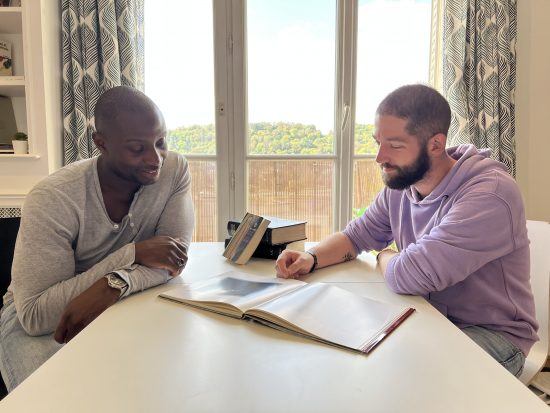

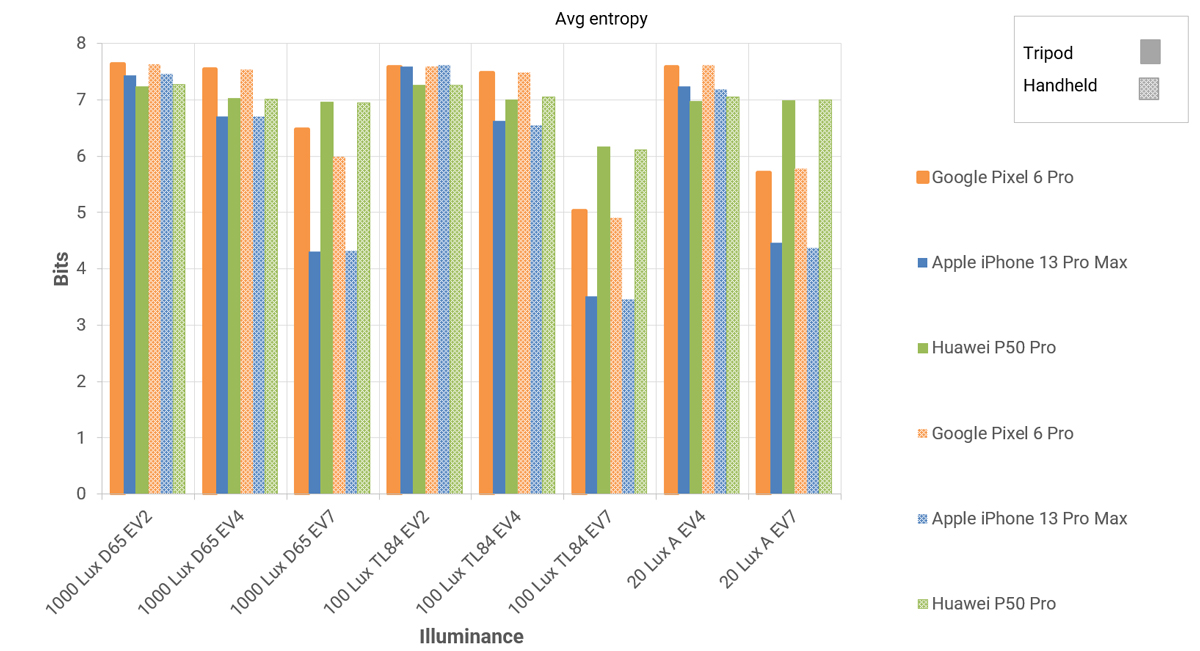


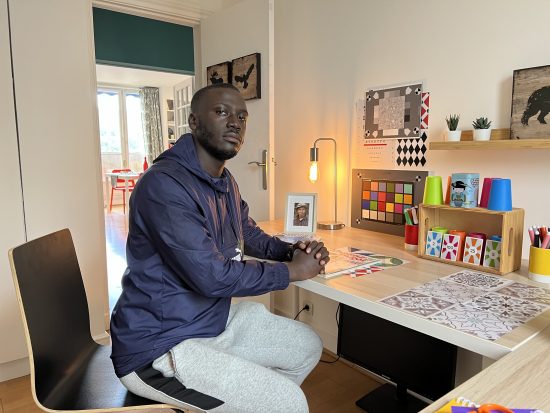
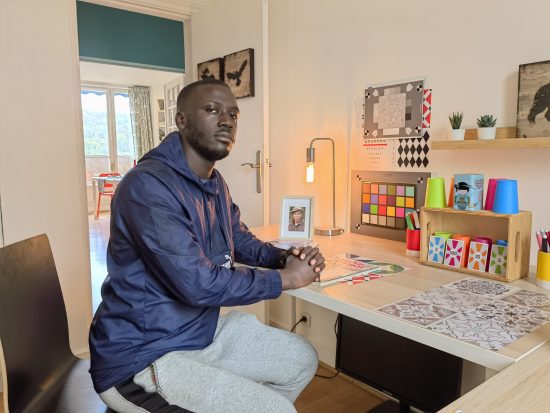


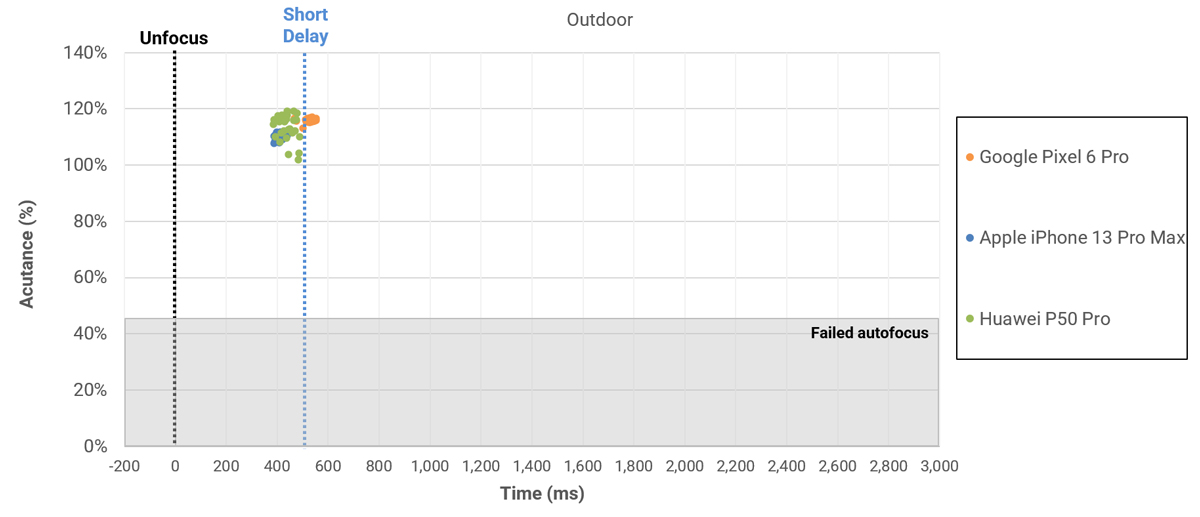
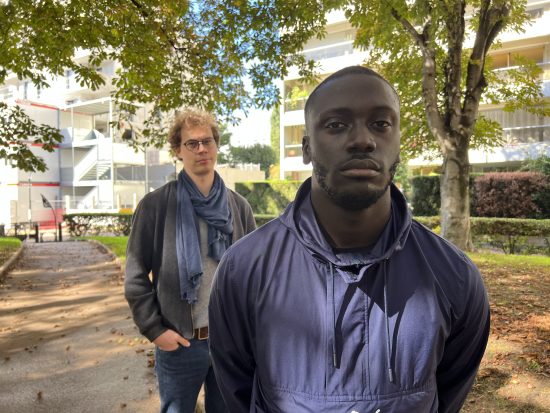
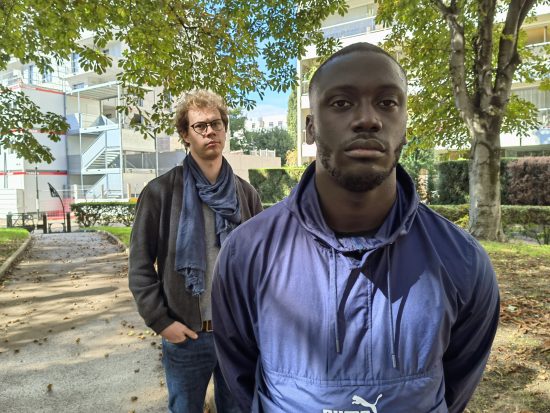
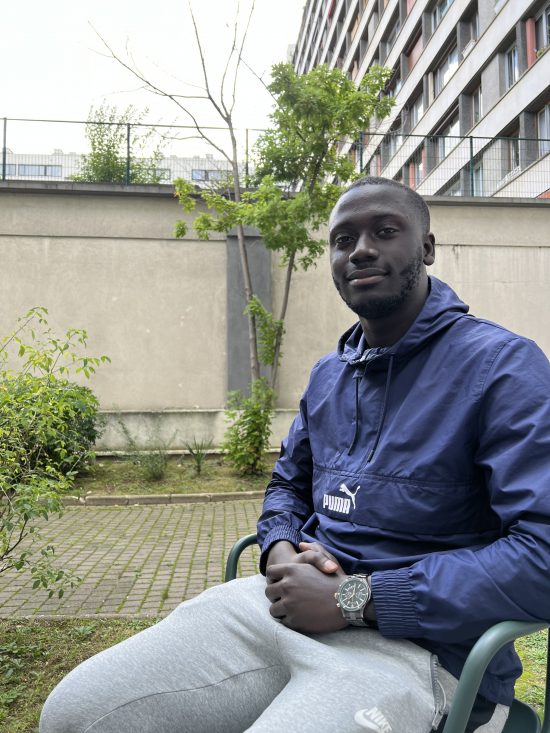
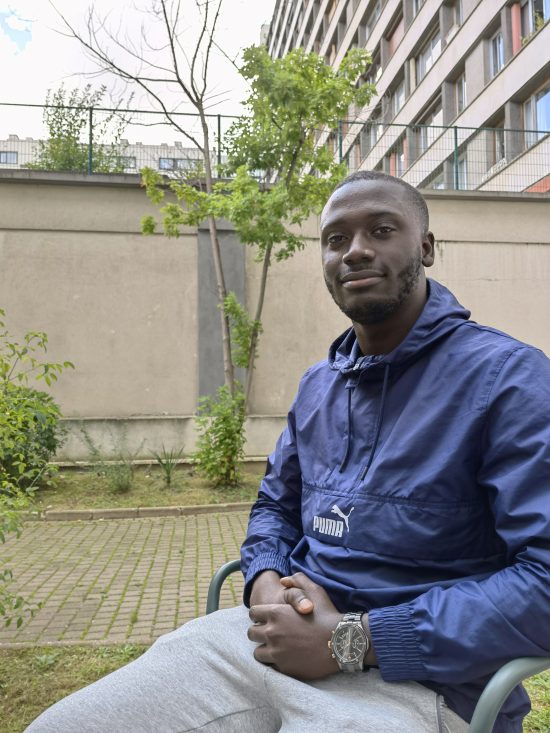
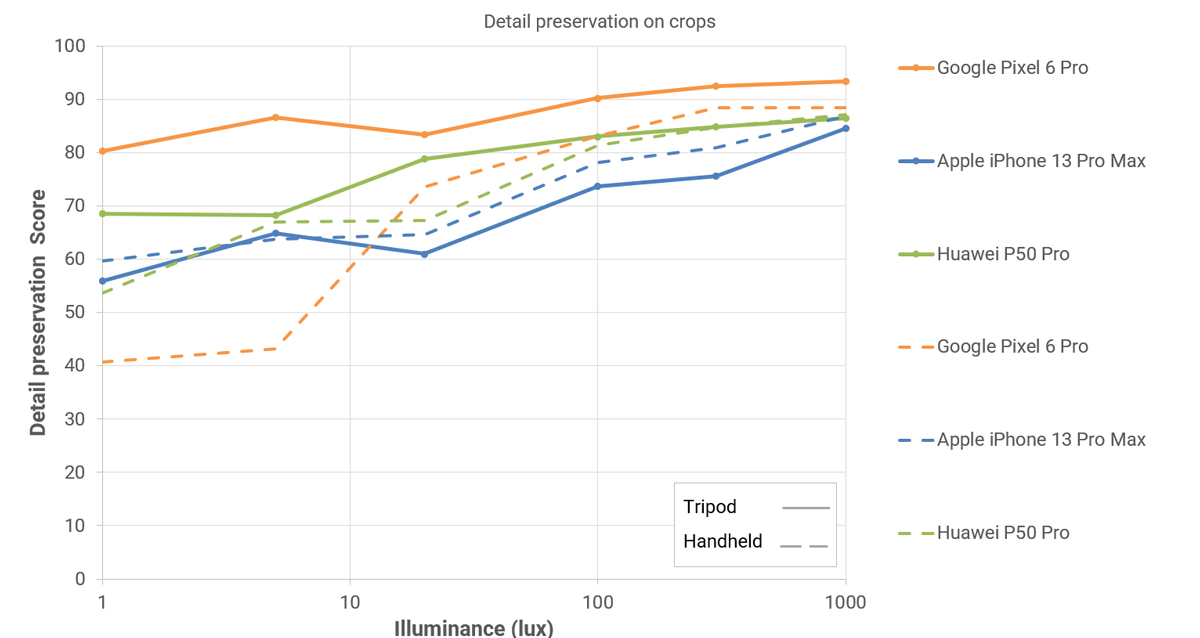
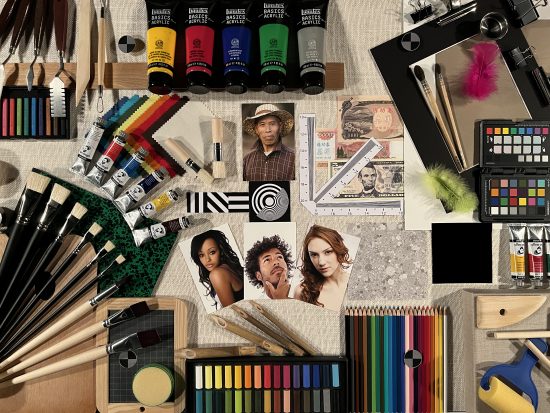
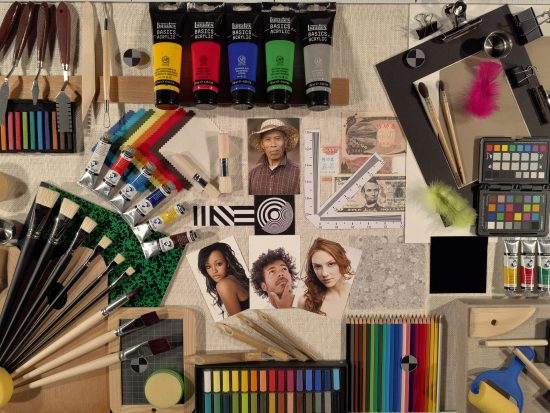
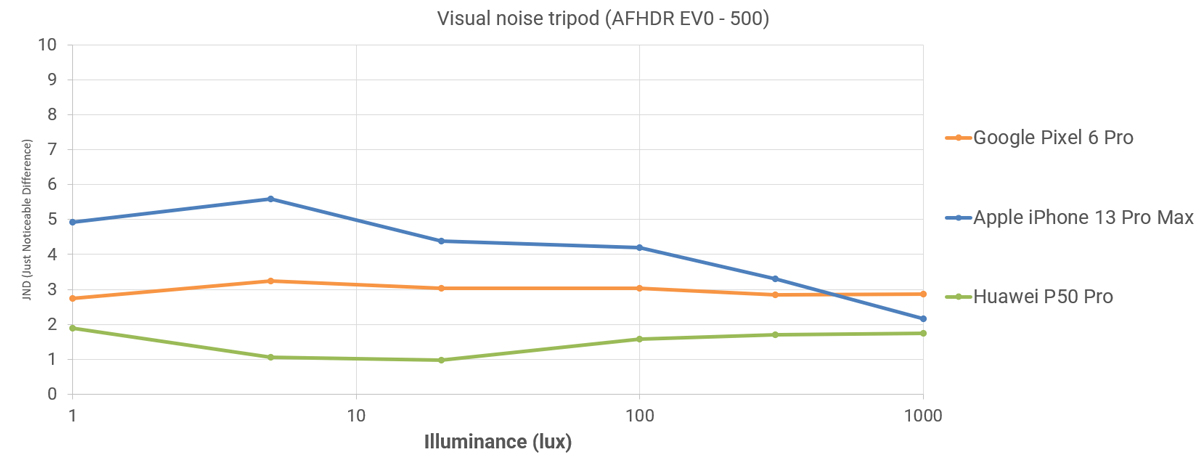
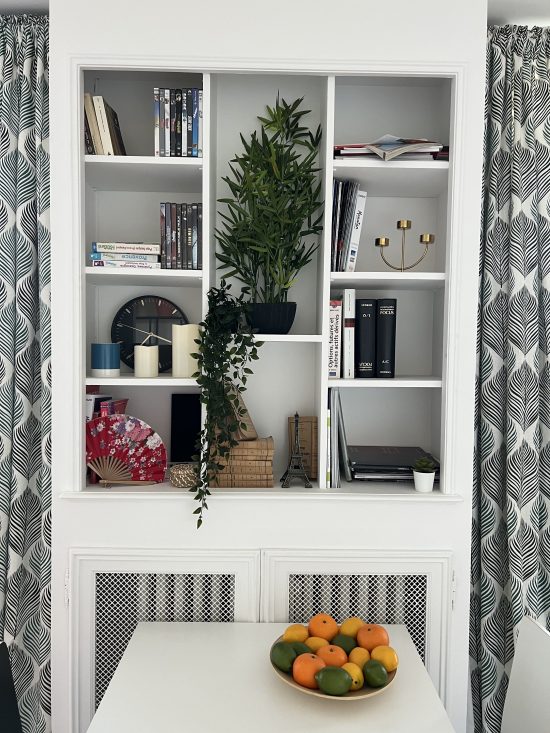
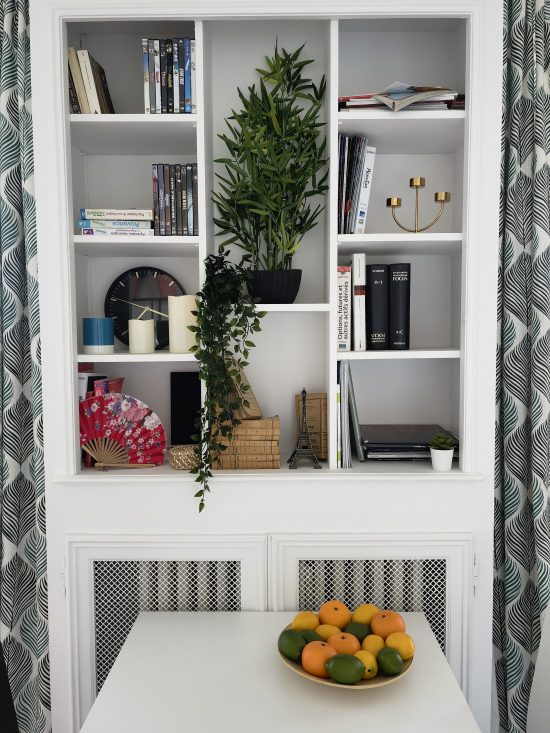



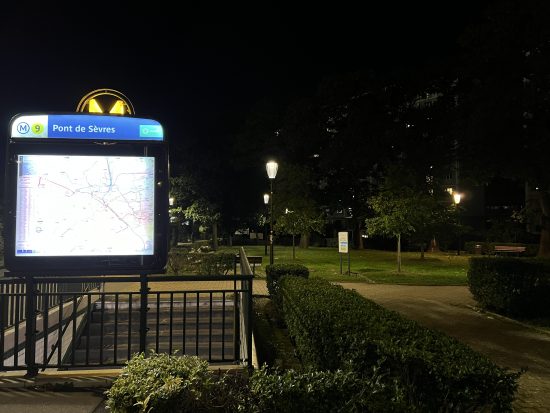
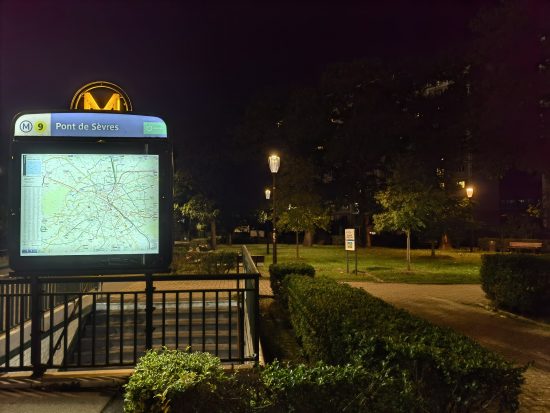
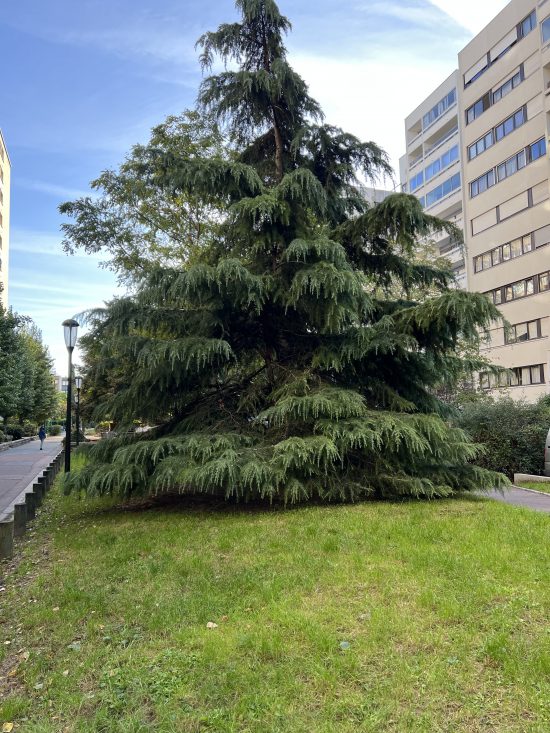
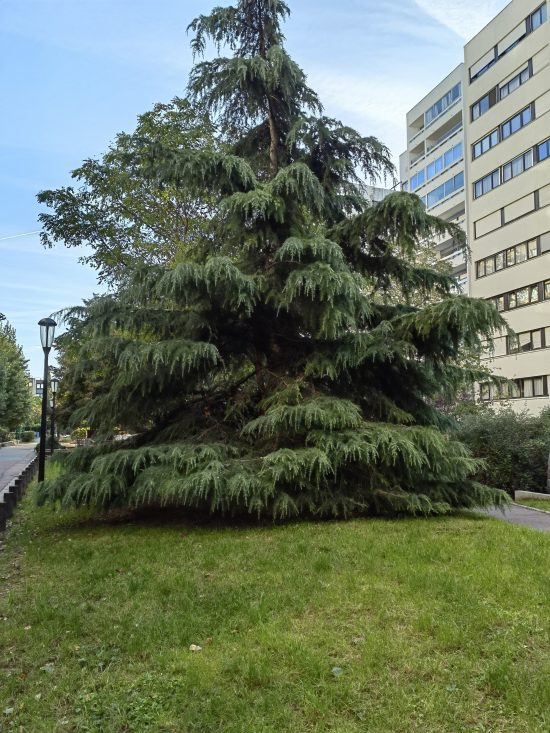
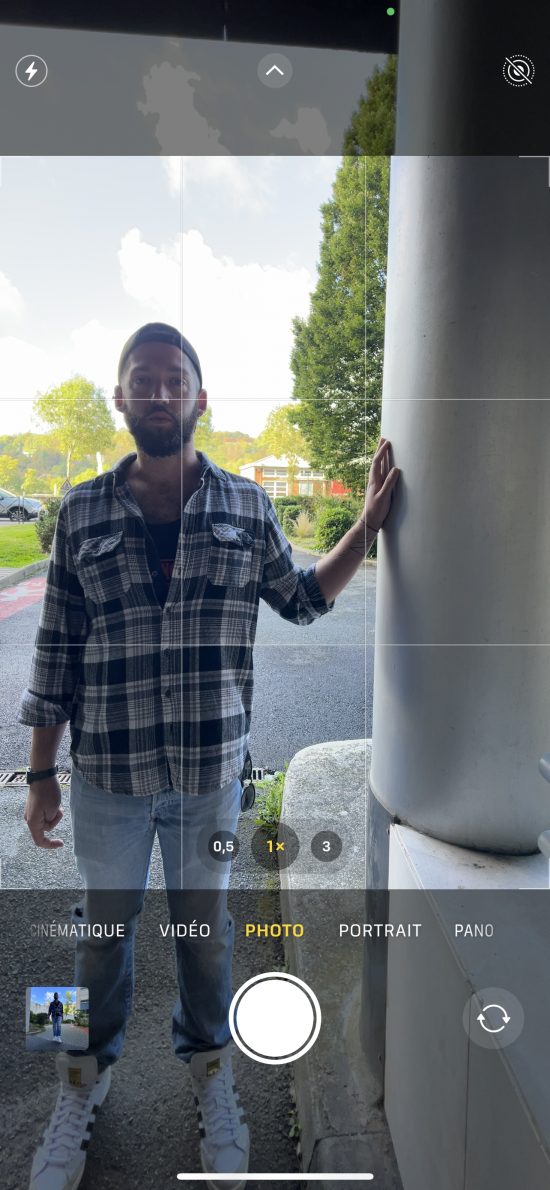
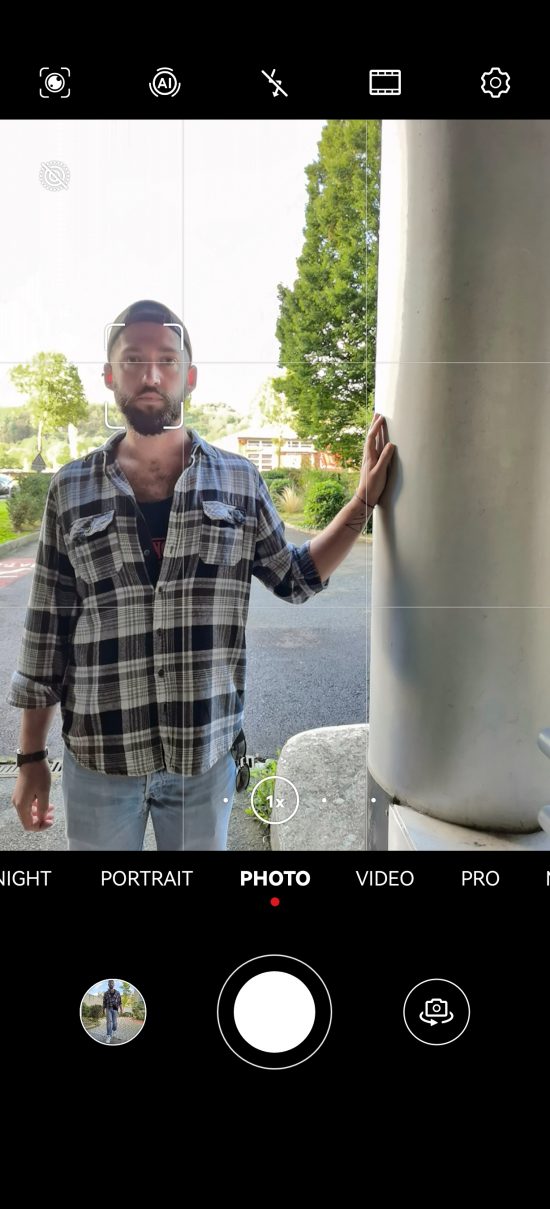


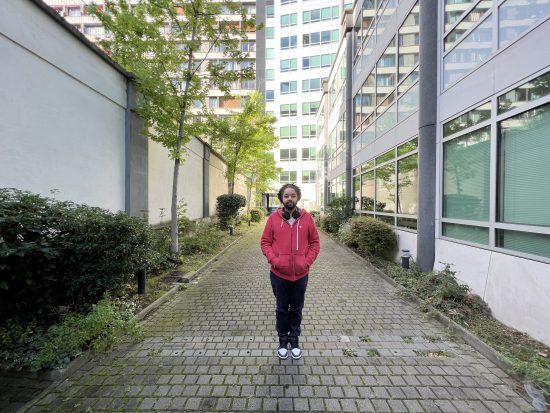
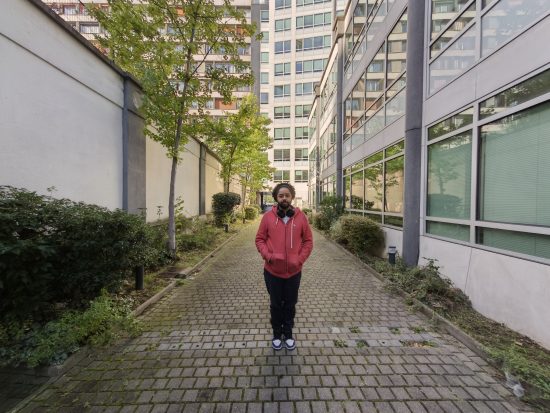


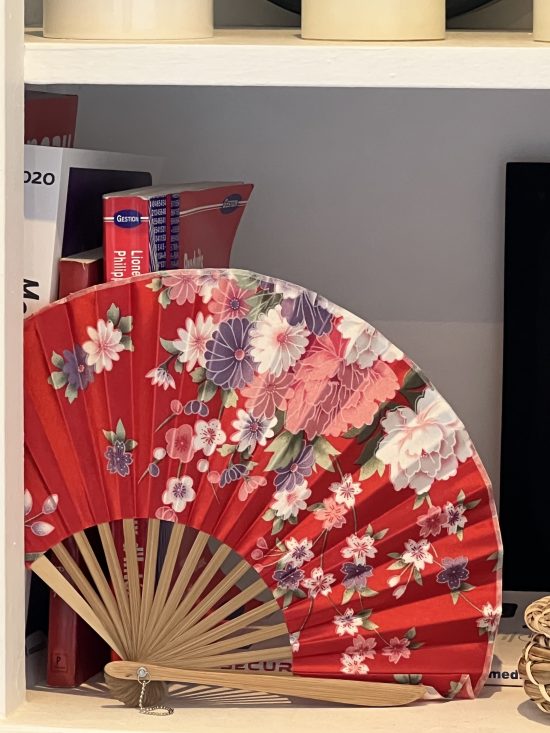
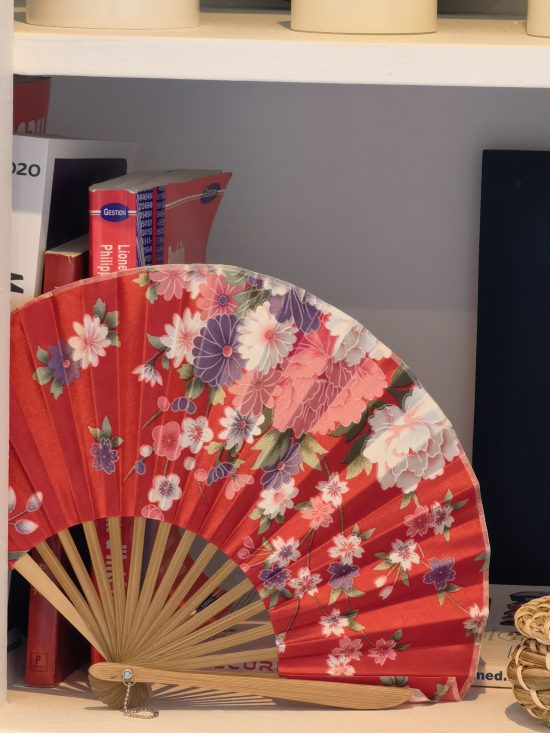
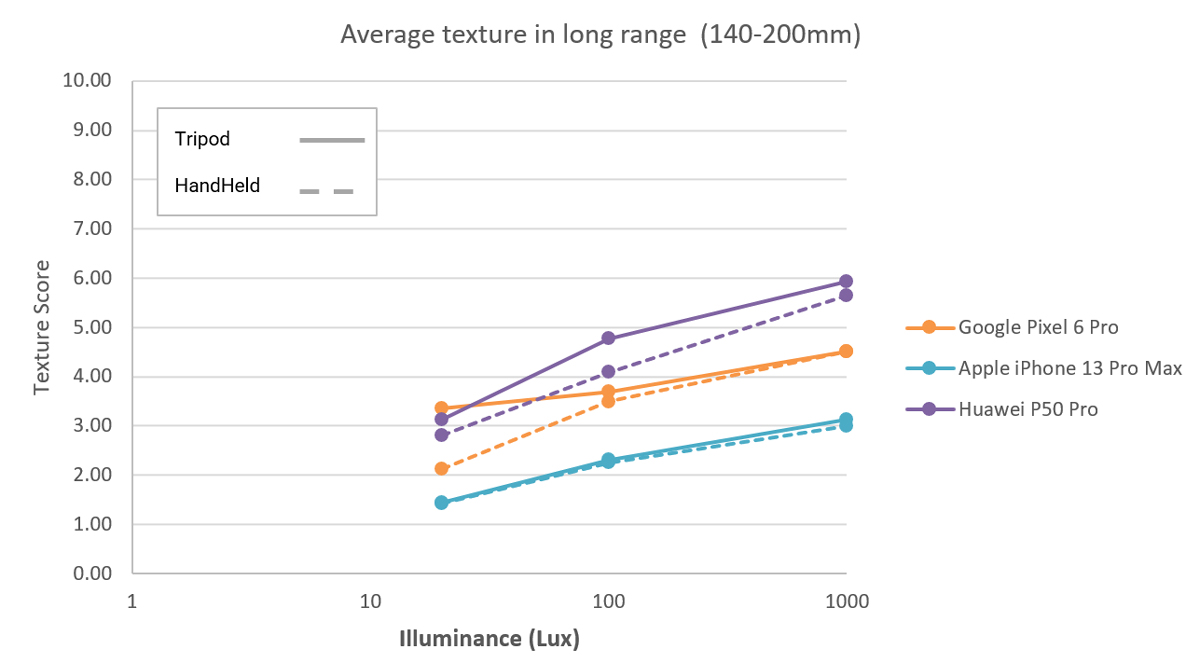
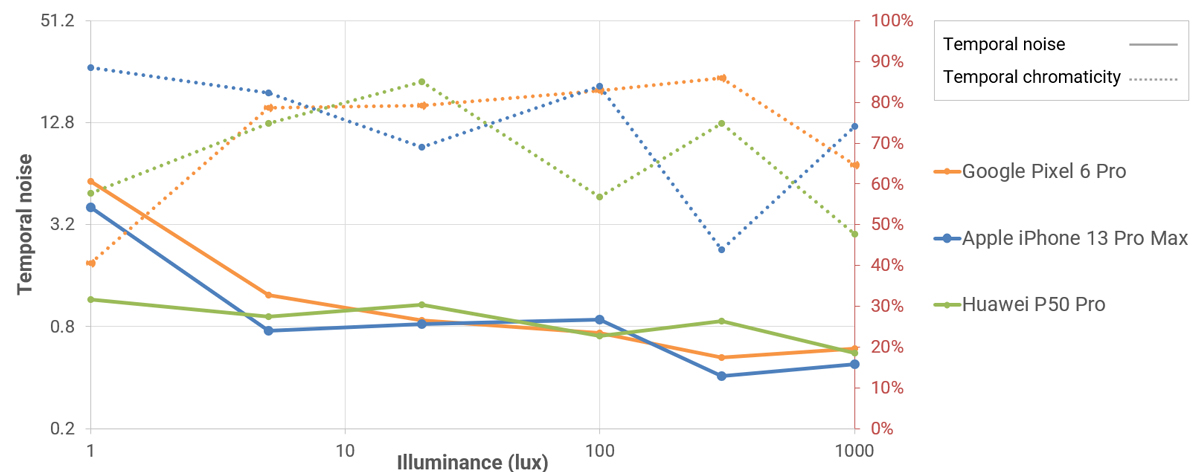

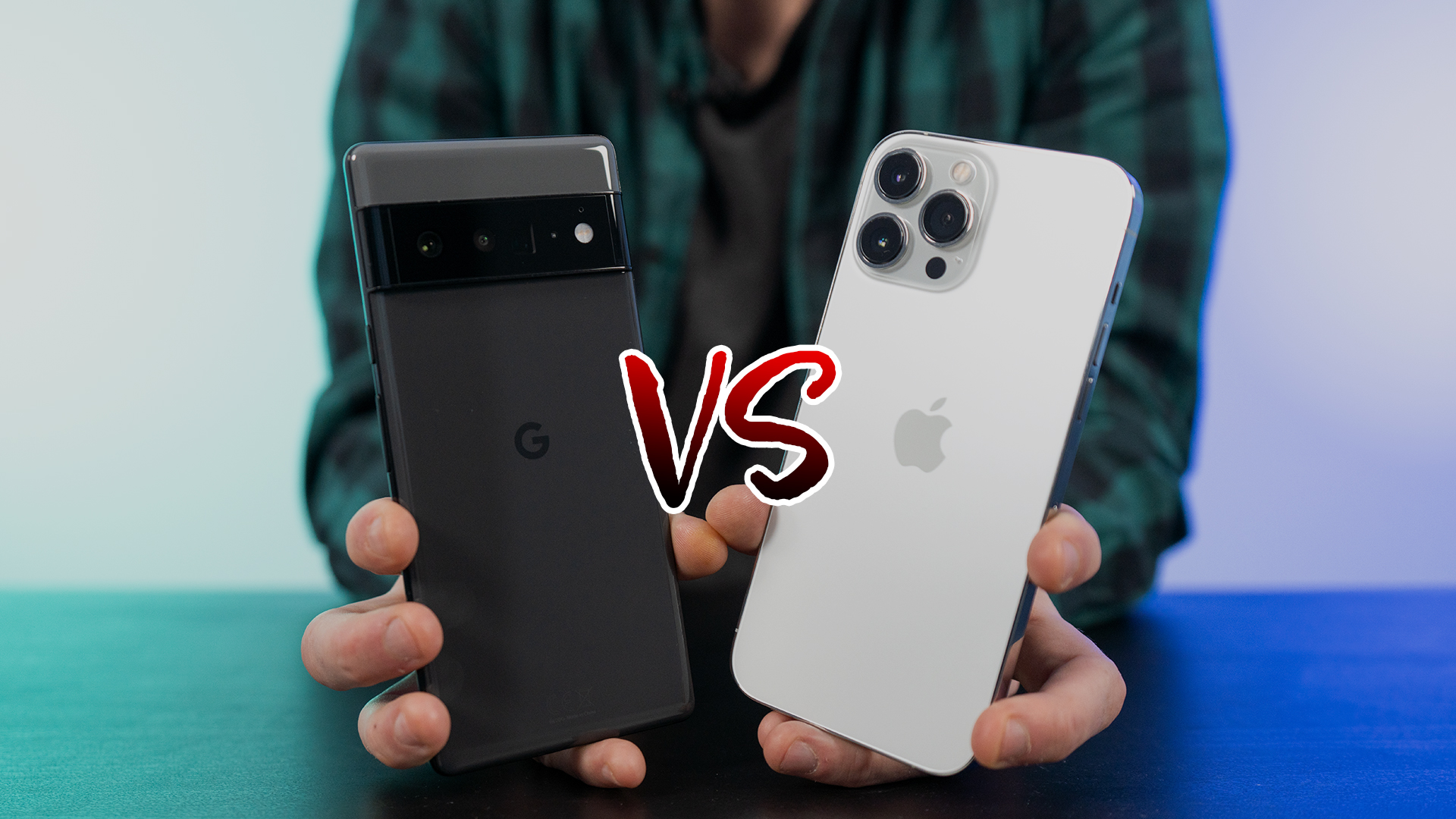
DXOMARK encourages its readers to share comments on the articles. To read or post comments, Disqus cookies are required. Change your Cookies Preferences and read more about our Comment Policy.